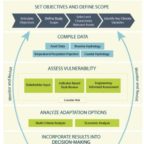
This report provides an approach for incorporating resilience into transportation planning and assessment for state departments of transportation and metropolitan planning organizations. We build on the Federal Highway Administration’s Vulnerability Assessment and Adaptation Framework (VAF) to better incorporate principles of resilience into the decisionmaking process for long-term transportation planning.
View this complete post...











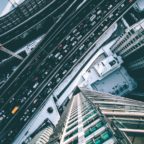

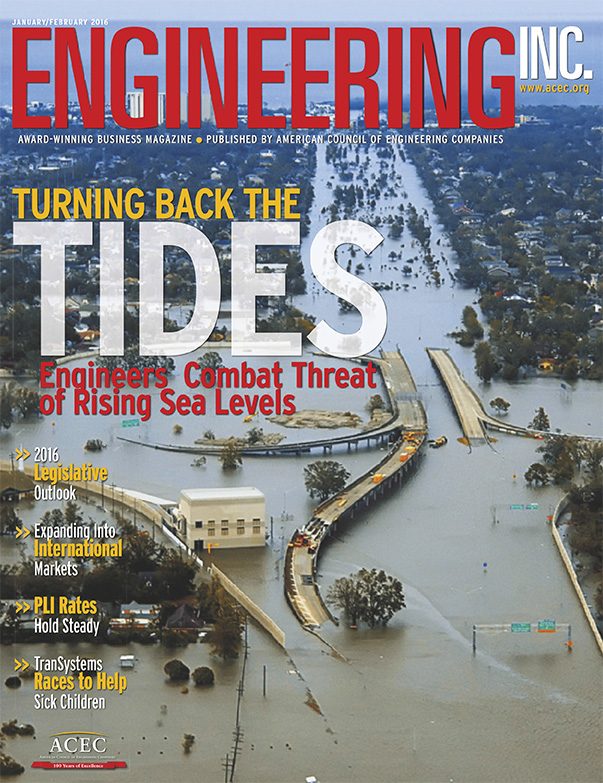
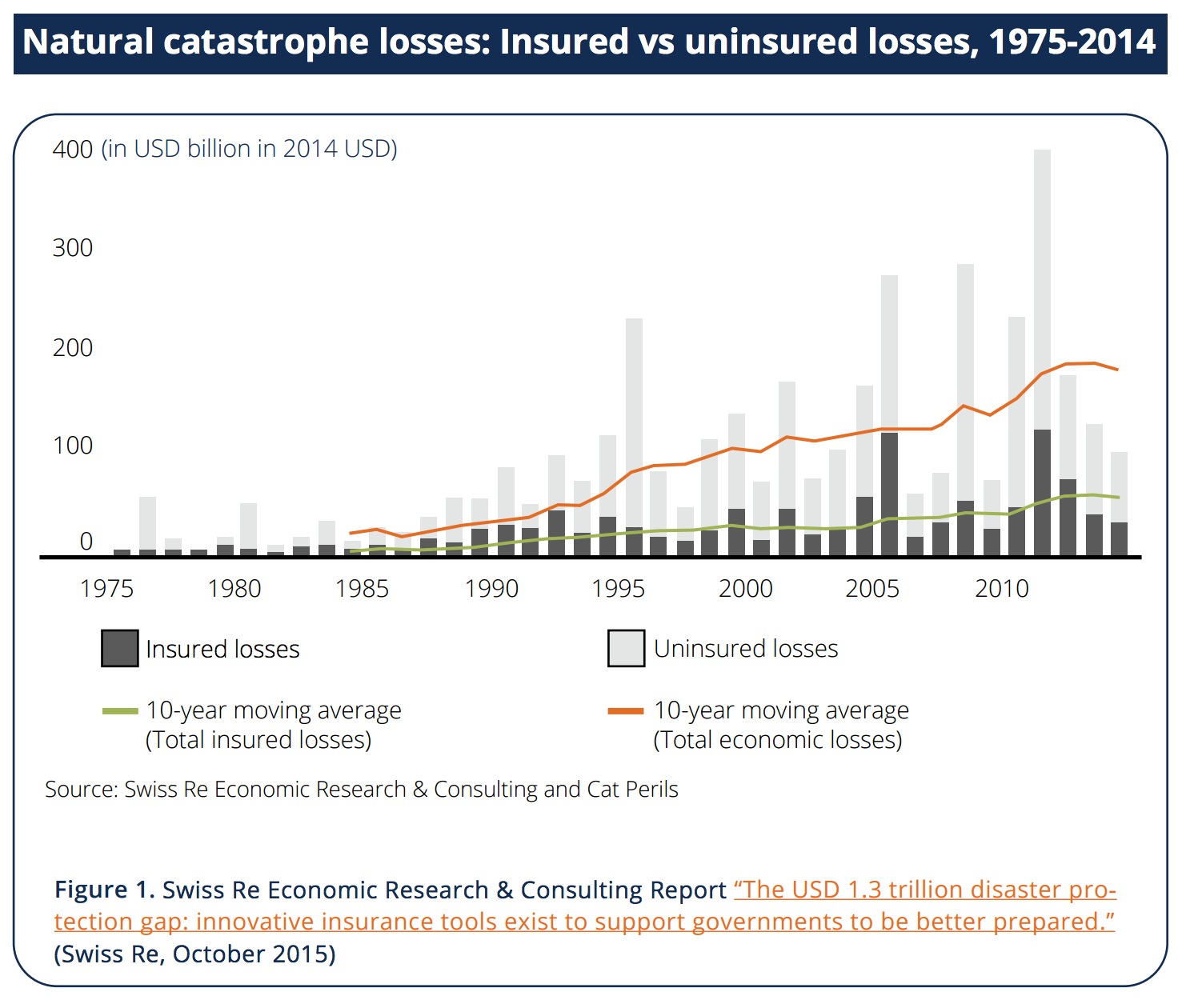
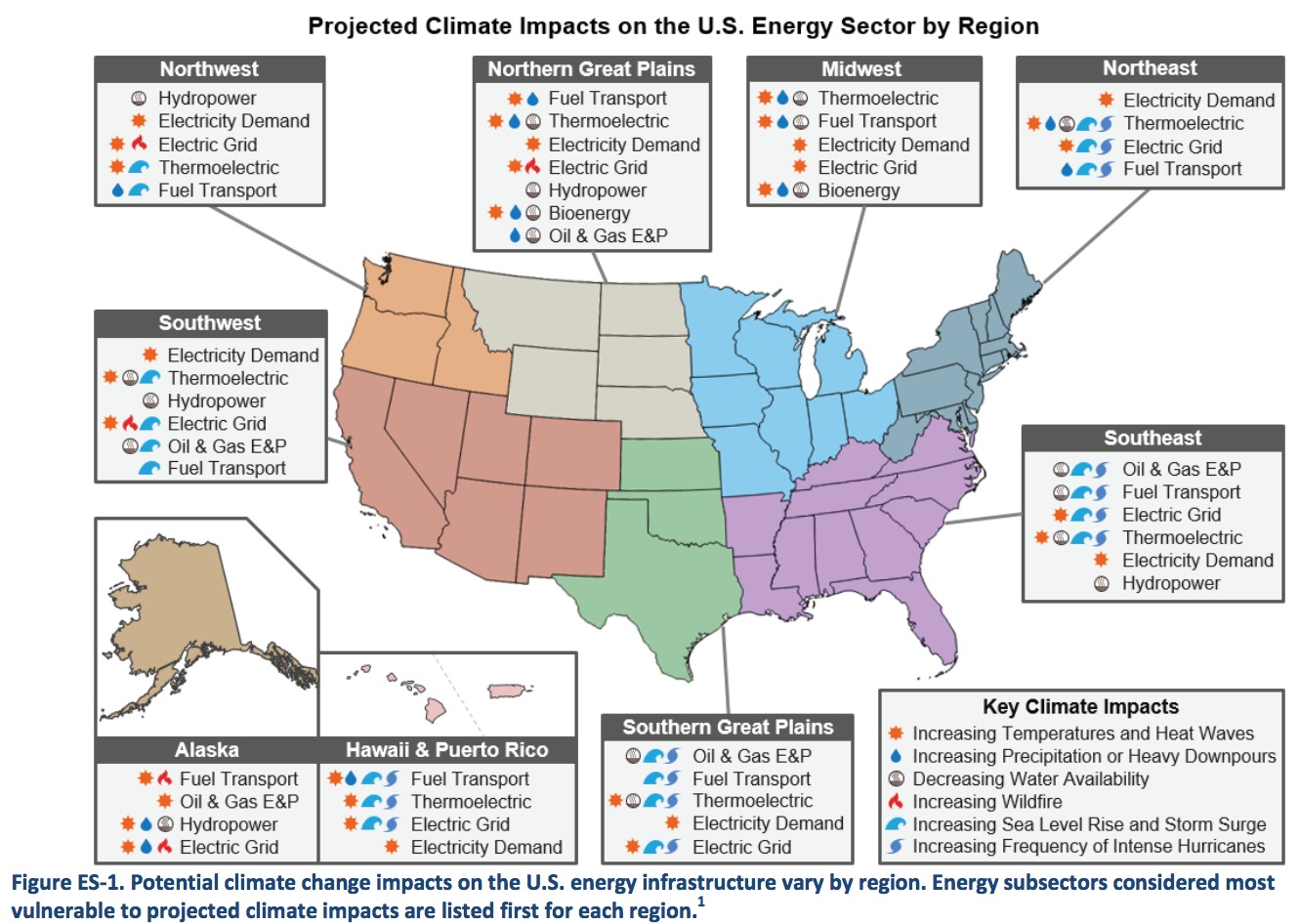
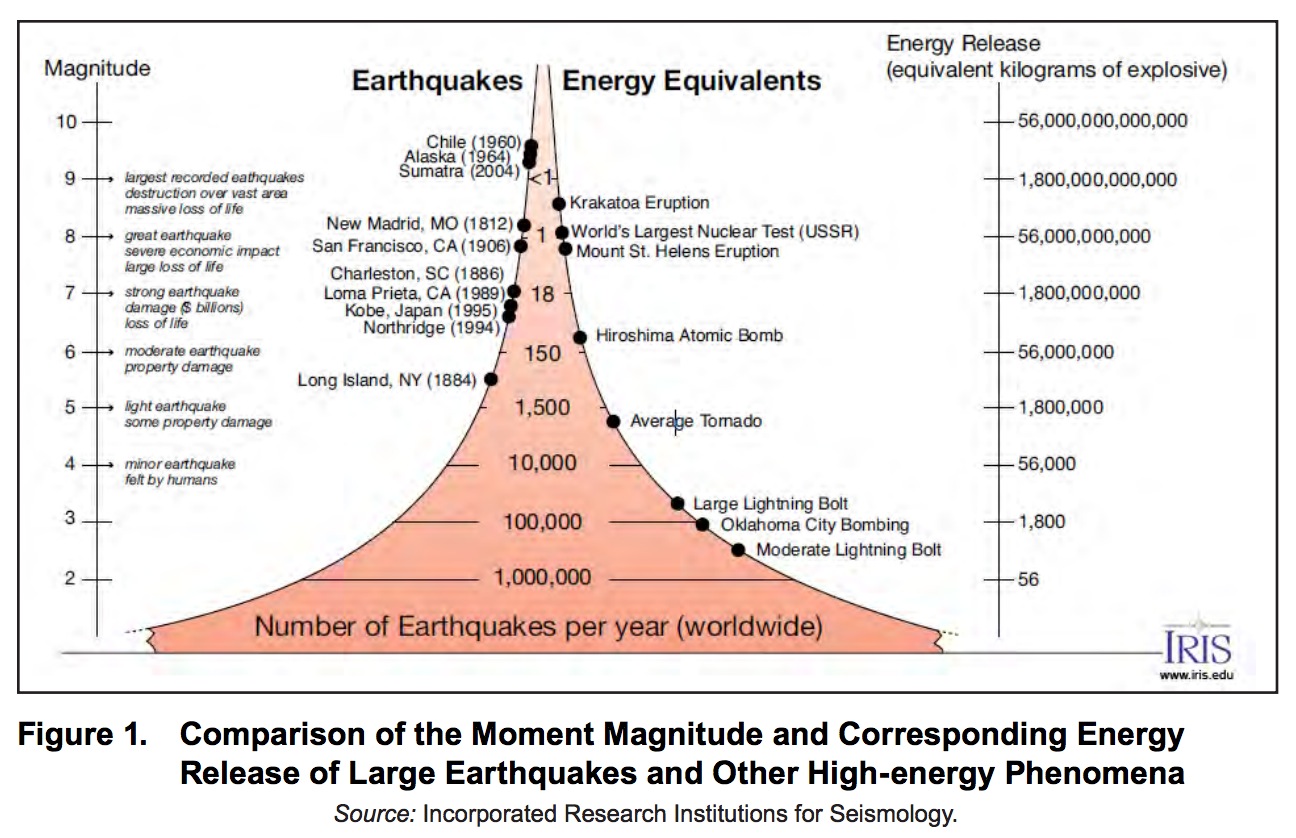



 RSS Feed
RSS Feed